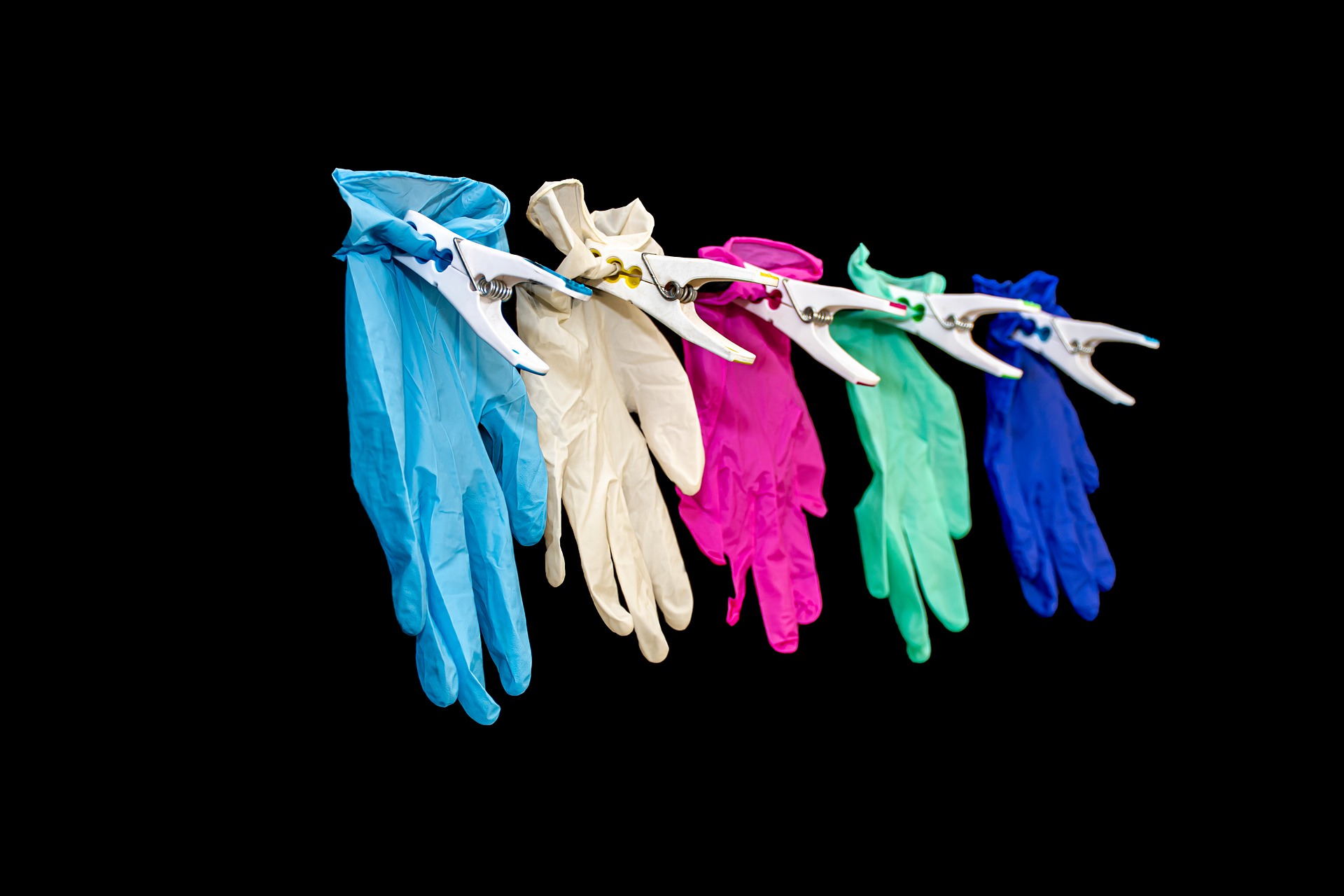
Safety first is the golden rule when it comes to choosing your wardrobe for working with chemicals, but how do you choose the right personal protective equipment (PPE) and clothing for your work environment?
To help you decide, let’s take a look at the different types of PPE available and how to best use them in your workplace.
People who work with chemicals must wear some form of protective clothing to ward off any chemical spills that may harm the skin. This clothing ranges from a simple lab coat to full-body Hazmat suits, depending on the level of body protection required.
There are two types of Hazmat suits: splash protection and gas-tight protection. The type of protection required will depend on the chemicals you’re using. In some cases, your Hazmat suit or lab coat could also be covered with an apron. This isn’t your everyday kitchen apron; it will usually be made of something much stronger, such as vinyl, PVC or rubber, that will resist corrosive chemicals.
You will have to choose between reusable aprons and Hazmat suits or disposable ones, depending on the type of chemicals you use. Do not reuse disposable items, even when they appear to be clean, because chemicals, especially gaseous chemicals, may have leached into the materials.

Person in protective clothing, including full body protection, a mask and gloves.
Whenever you are working with or handling chemicals, you should always wear closed shoes that completely cover your feet and are made from a strong material. They should be comfortable and in good condition with no holes in the soles or uppers. Make sure that laces (if present) are secure and not fraying as these may present a tripping hazard. Popular work boots and shoes include lace-ups, Blundstones or gumboots. Shoes with steel-capped toes offer extra protection against impact from heavy items. You also might also need to wear shoe covers, which will further protect your feet and shoes. Although commonly made from polypropylene, these covers are available in a variety of non-slip, fluid- and tear-resistant materials.
Shoes covered in protective polypropylene booties.
Your head is your most valuable tool when working with chemicals, so protecting it with helmets, masks and goggles is of the utmost importance.
Chemical safety helmets are made from a variety of materials including Tyvek, plastic, and tinted glass. Your choice of helmet will depend on the intended use. For example, if you’re working with milder chemicals, a soft Hazmat helmet may be sufficient. However, if you’re using harsh chemicals, you might need a heavy-duty helmet to protect yourself.
Masks range from simple rectangular face masks to full-face gas masks similar to those worn in WWI. The type of mask you choose depends on the chemicals you’re working with. A gas mask will protect against any airborne chemicals and/or toxic gases, whereas a simple face mask might be good enough for light laboratory work. The filter is the most important part of the mask, as this is the piece of equipment that will stop you from inhaling poison. Regularly check that your filter is clean and unblocked.
Goggles are an important part of PPE. They protect your eyes from chemical splashes and any airborne toxins. Goggles have different functionalities and features, so it’s important to buy a pair that are appropriate for you. Choose goggles that have an anti-fog coating and either an indirect or built-in ventilation system. This will ensure that you don’t have to keep taking off your goggles to clear them, risking exposure to chemicals.
Lastly, long hair should be tied up and kept out of the way of hazardous materials.

A chemical worker wearing a Tyvek helmet, safety goggles and a mask with effective ventilation.
Unlike traditional accessories, these ones might save your life! No matter the weather, gloves are a number one priority when working with chemicals. Your hands are important instruments and gloves will protect them.
Gloves come in many different materials, sizes and textures, so it’s important to know which ones suit your purpose. They may also be reusable or disposable. Generally, you should wear two sets of gloves: an inner, which is usually made out of cotton or another lightweight material, and an outer pair made of a more resistant material such as latex, leather, neoprene or Kevlar. In addition, there are different types of gloves for different jobs. Some gloves minimise the impact of intense vibrations whereas others protect against chemicals or high temperatures. It's important to research the properties of the chemicals and the processes you’re using when choosing the right gloves to suit your needs.

You will need different types of gloves for different tasks.
Protective clothing may not be the most fashionable, however it will save your life! Consequently, it’s important to know the types of PPE and the level of protection you will need. This will be dictated by the chemicals you use and the job you’re going to be doing, so be sure to do some research before you start.
To find out more about chemical safety, contact the Chemwatch team today. Our friendly and experienced staff draws on years of experience to offer the latest industry advice on how to stay safe and comply with Health and Safety regulations while working with chemicals.